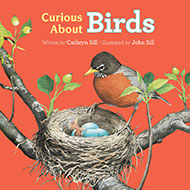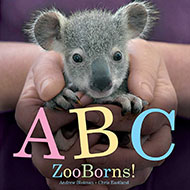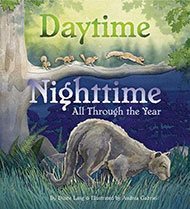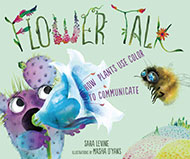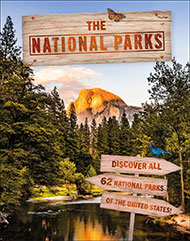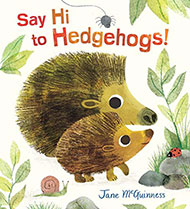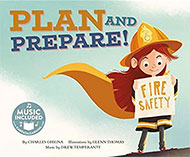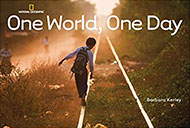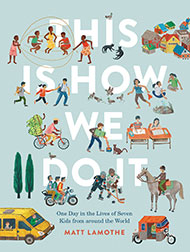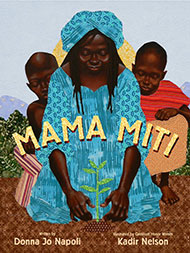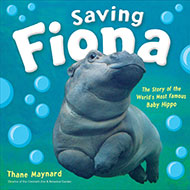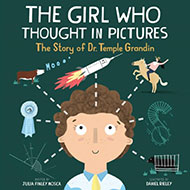Throughout my last two articles, I have had the pleasure of sharing my insight on the use of nonfiction in children’s programming, and my selection process for nonfiction. For my final article on nonfiction, I present a strategy to use nonfiction books to elevate learning experiences.
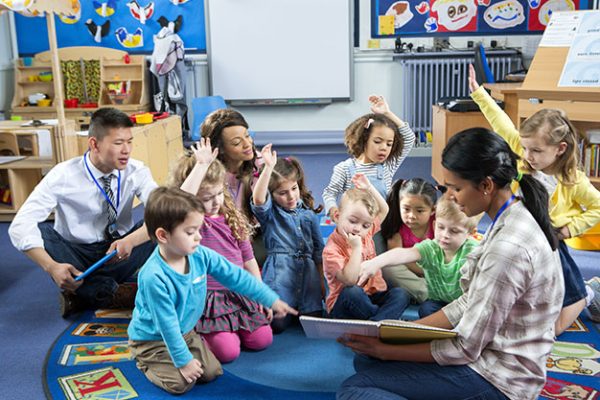
Elevate Learning with Nonfiction
In my experience, you can elevate the learning experience with nonfiction books through the development of activities that connect with a specific topic or the theme of your program. Some of the activities I’ve developed using nonfiction books include the following:
- Pairing a book on farming with a virtual field trip with a local farmer.
- Developing a sensory table for families to experience the outdoors (dirt, leaves, twigs, and the like).
- Taking families on a mini hike around the park when reading the book, Going on a Bear Hunt by Michael Rosen.
- Contacting a state university to bring out their bug farm and discuss the world of insects
- Inviting local emergency services to read a story and demonstrate some of their services. Prior to COVID, we invited the fire department and they parked their fire engine outside of the library.
- Go to outer space with families by contacting a NASA Ambassador and/or a NASA space center for virtual learning experiences about outer space, planets, and the like.
Activate Learning with Nonfiction
Step 1: The first step is your selection of nonfiction books. You can select books that connect to the theme of your program, topics that are popular with this age group, and/or books that are new to the library.
Step 2: The second step is the design of the immersive learning experience. Read through the text and focus on a few facts to highlight in storytime. Read a nonfiction book during storytime. Look at the images and develop an immersive activity(ies). Immersive learning should enhance the readers’ experience. You might include sounds such as animals or rain, hands-on sensory activities, virtual experiences such as animals in their natural habitat, or include culturally-focused activities.
Step 3: The third step is to think about partnership opportunities. In my experience, reaching out to local partners elevates the reading experience. Specific to immersive learning, some community partners to consider reaching out to include a farmer, a garden club, emergency responders, a community learning extension office, a conservationist, a musician, a dentist, and a veterinarian. A local partner can create immersive experiences for families such as demonstrating the use of musical instruments, allowing nature exploration, exploring an emergency vehicle, or learning about a new culture. The activities that are developed by partners should elevate the nonfiction books you selected for your program.

